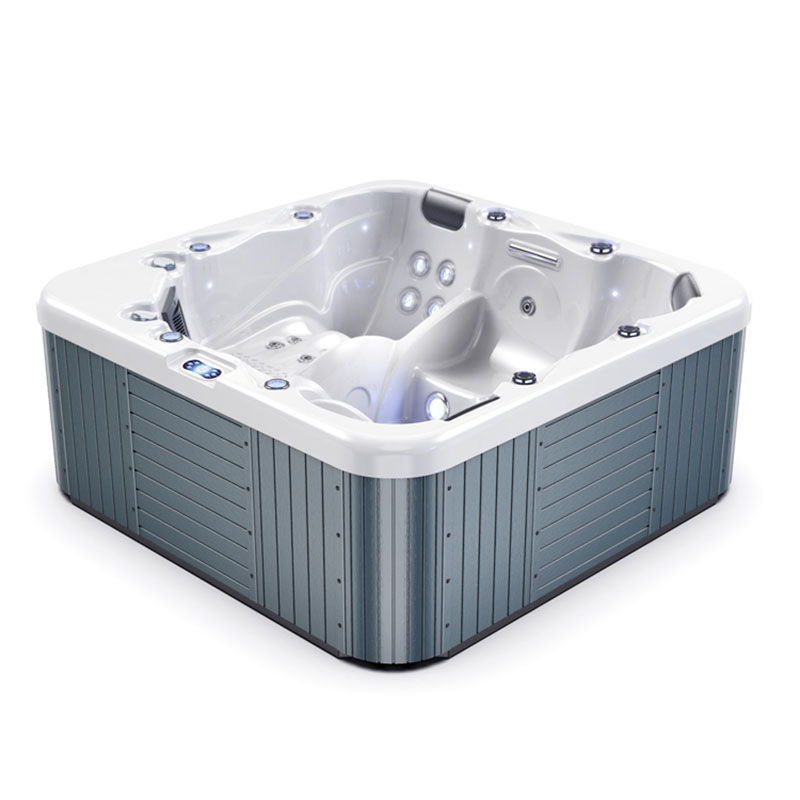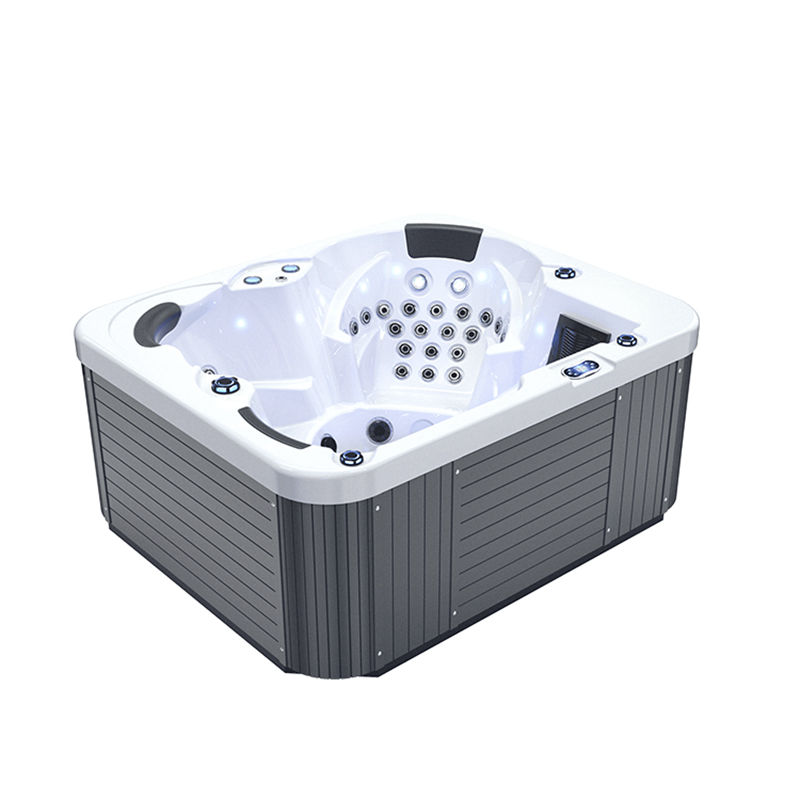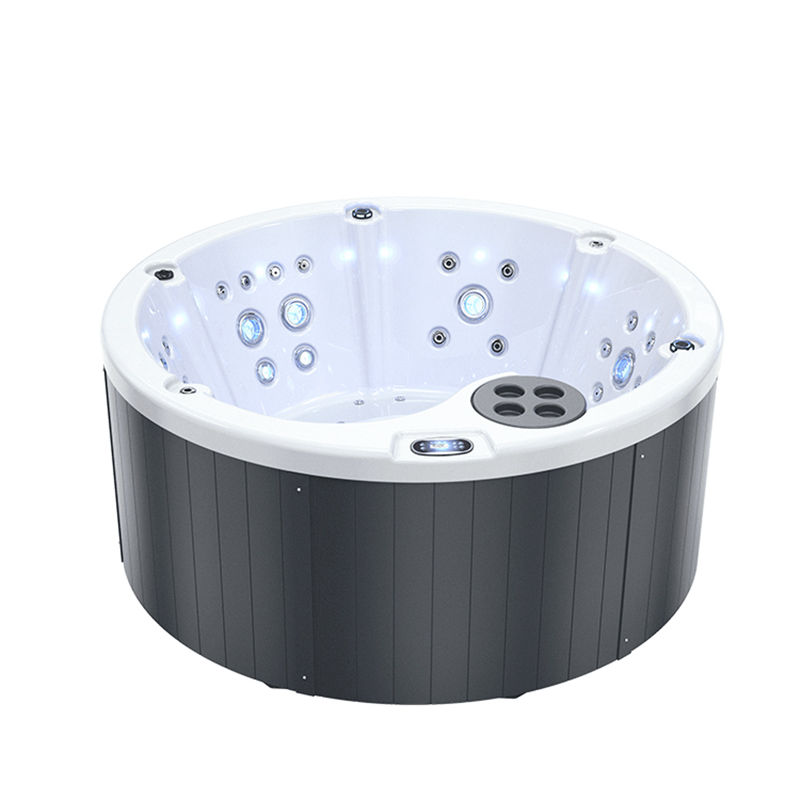Spa jacuzzi bathtubs have become a popular leisure feature in modern homes and high-end residences due to their comfort, relaxation, and health benefits. While spa jacuzzi bathtubs offer convenience and enjoyment, lack of proper inspection and maintenance can lead to equipment wear, water quality issues, and health risks.
Therefore, it's crucial to understand the inspection and maintenance procedures for spa jacuzzi bathtubs. This article will provide a detailed, professional answer to the question, "How often should a spa jacuzzi bathtub be inspected?" and offer practical advice to help users manage and use their spa jacuzzi bathtubs effectively.
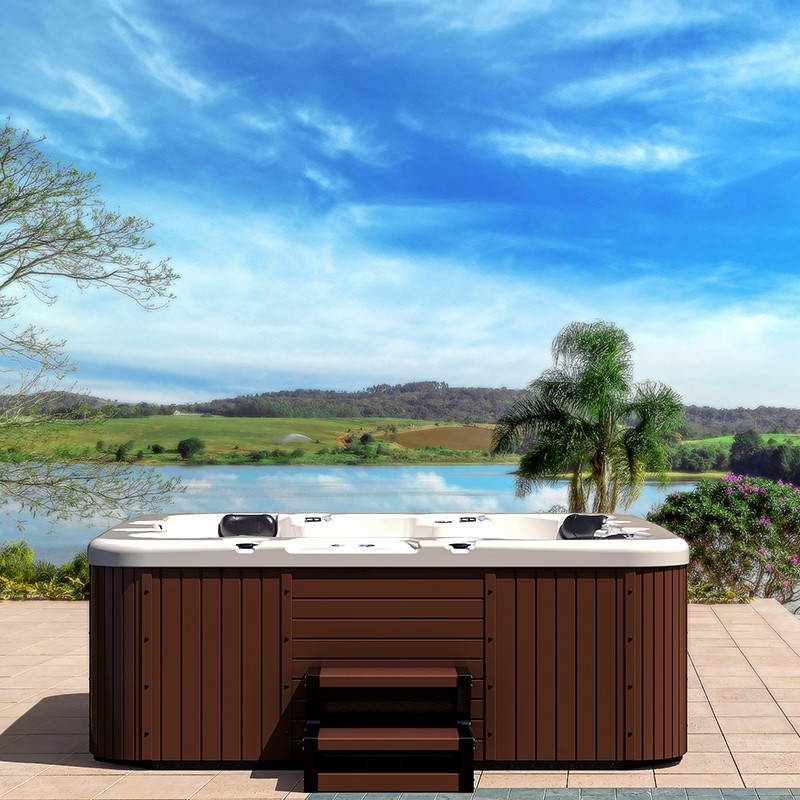
Why do spa jacuzzi bathtubs require regular inspections?
Spa jacuzzi bathtubs are complex structures, comprising multiple components such as the heating system, circulation pump, showerhead, filter, and electronic control module. Over time, neglecting inspections can lead to the following problems:
• Equipment wear: The circulation pump, showerhead, and heating element can become worn, clogged, or malfunction over time.
• Water safety hazards: If the water in a spa jacuzzi bathtub is not promptly inspected and disinfected, it can easily breed bacteria, algae, and fungi.
• Electrical risks: Prolonged operation of the electronic control module, heater, and pump can lead to safety issues due to aging or overheating of wiring.
• Reduced comfort: Unstable water temperature, poor water flow, or clogged jets can all affect the user experience.
Regular inspections of spa jacuzzi bathtubs not only help protect the life of the equipment but also ensure safety and comfort.
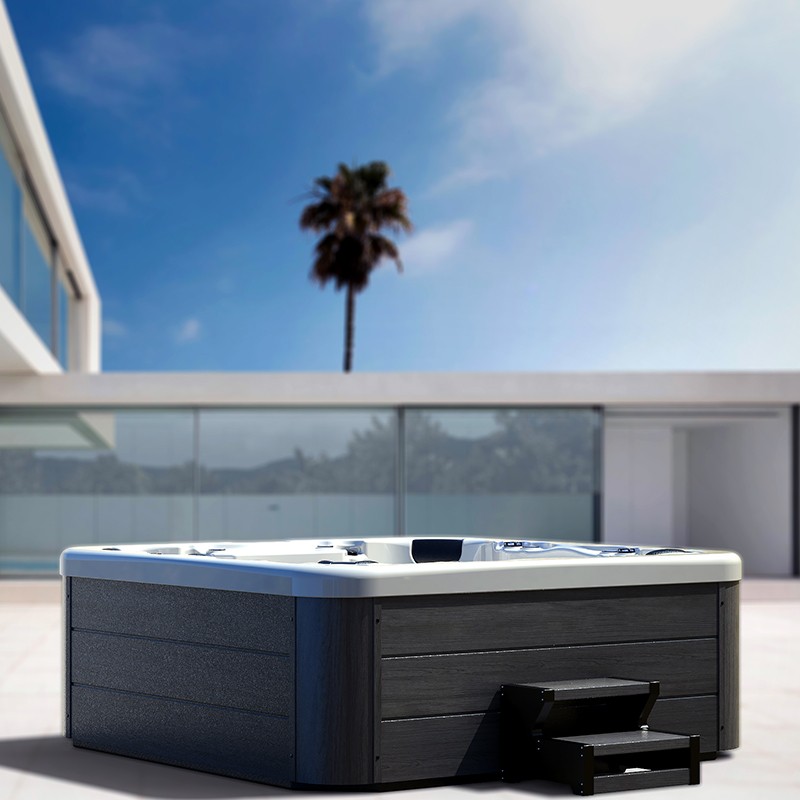
How often should a spa jacuzzi bathtub be inspected?
The frequency of spa jacuzzi bathtub inspections should be determined based on frequency of use, environmental conditions, and water treatment methods. General professional recommendations are as follows:
1. Daily Inspection (daily or before and after each use)
• Check the water level to ensure it is normal.
• Check the water temperature setting to ensure it meets health standards (37°C to 40°C).
• Observe the water for clarity and the presence of oil, foam, or odor.
• Check the jets and massage functions for proper operation.
2. Weekly Inspection
• Test water quality: Use test strips to check pH, total alkalinity, and residual chlorine or bromine content to ensure water quality is within safe limits.
• Clean filters: Remove dust, impurities, and grease to ensure the circulation system is unobstructed.
• Check the showerhead for blockages or leaks.
3. Monthly Inspection
• Visually inspect the spa jacuzzi's heater, pump, and electronic control module to ensure there are no leaks or abnormal wear.
• Inspect the pump tubing and connections to prevent loosening or leaks caused by long-term use.
• Deep clean the interior of the spa jacuzzi, including preventing scale and algae buildup.
4. Quarterly or Semi-Annual Inspection
• Completely change the water in the spa jacuzzi to prevent bacterial accumulation.
• Check the electrical system for safety, including wiring, switches, and control panels.
• Deep clean or replace the filter to ensure optimal filtration.
5. Annual Inspection
• Perform a comprehensive equipment inspection, including the pump, heater, nozzles, control module, and piping.
• Inspect seals, screws, and connections to prevent leaks caused by aging.
• Perform professional maintenance or servicing on your spa jacuzzi bathtub (this can be performed by a professional).
Using this layered inspection approach, you can maximize the lifespan of your spa jacuzzi bathtub while maintaining safe water quality.

What key indicators should you monitor when inspecting a spa jacuzzi bathtub?
When inspecting a spa jacuzzi bathtub, focus on the following:
1. Water Quality Indicators
• The pH value should be maintained between 7.2 and 7.8.
• The total alkalinity should be controlled between 80 and 120 ppm.
• The disinfectant (chlorine or bromine) concentration should remain within the effective bactericidal range.
2. Equipment Operation
• Check that the circulation pump and nozzles are operating properly.
• Verify that the heater quickly reaches the set water temperature. • Check that the electronic control module is responsive and has no abnormal alarms or power outages.
3. Physical Condition
• Check the inner wall, edges, and bottom of the spa jacuzzi bathtub for cracks or scale deposits.
• Check the pipes, joints, and seals for looseness or leakage.
• Check that the filter is intact and not clogged or damaged.
4. Safety Measures
• Verify that the protective cover, drain outlet, and non-slip base are intact.
• Verify that the emergency stop button or electrical protection device is functioning.
• Verify that the surrounding environment is dry and safe, with no risk of electric shock.
How does frequency of use affect the inspection interval for a spa jacuzzi bathtub?
The inspection interval for a spa jacuzzi bathtub is not fixed and will vary depending on the frequency of use:
1. High-frequency use (daily or multiple times)
• Daily water level, temperature, and quality checks are recommended.
• Clean the filter weekly and perform a thorough inspection of the device monthly.
2. Moderate Use (1-3 times per week)
• Check the water level and temperature before and after each use.
• Test the water quality weekly or bi-weekly.
• Inspect the equipment and piping monthly.
3. Low-Frequency Use (several times per month)
• Perform a basic inspection before and after each use.
• Ensure the water quality and circulation system are normal before use, and change the water if necessary.
• A comprehensive equipment inspection is recommended every quarter.
By adjusting the inspection interval based on the frequency of use, you can schedule maintenance tasks while ensuring safety and comfort.

How to effectively record spa jacuzzi bathtub inspection information?
To ensure the long-term safe operation of your spa jacuzzi bathtub, it is recommended to maintain an inspection and maintenance log:
• Record the inspection date and content: including water temperature, water quality indicators, filter cleanliness, and equipment operating status.
• Record maintenance and replacement activities: operations such as changing the water, cleaning the filter, replacing seals, or repairing the showerhead.
• Abnormal condition records: This includes abnormal water quality, pump noise, heater failure, or leaks.
• Periodic summaries: Monthly or quarterly inspection results should be summarized to promptly address potential problems.
Scientific records provide users with a direct understanding of the operating status of their spa jacuzzi bathtub, helping to extend the life of the equipment and maintain water quality.
What are some common misconceptions when inspecting a spa jacuzzi bathtub?
Users often make the following mistakes when inspecting a spa jacuzzi bathtub:
• Focusing solely on water quality and ignoring the equipment: Checking only the water quality without inspecting the pump, heater, and electronic control system can lead to overlooking equipment problems.
• Thinking that running the circulation system is sufficient: A circulation system is not a substitute for regular water quality testing and cleaning.
• Neglecting filter maintenance: A clogged filter can affect water flow and quality, increasing the load on the pump.
• Delaying water changes: Even if the water appears clear, it may contain bacteria or sediment, and prolonged water replacement increases health risks.
Avoiding the above misunderstandings is an important prerequisite for scientific management of spa jacuzzi bathtub.
What certifications do your spa and hot tub products carry?
All our spas and swim spas comply with international standards, holding certifications like CE, ETL, SAA, ROHS, REACH, and ISO9001. Buyers can confidently purchase from us knowing our products meet strict safety and environmental guidelines.
As a manufacturer with decades of experience, we combine high quality assurance with factory-direct pricing.


